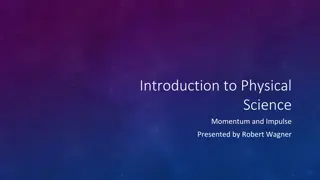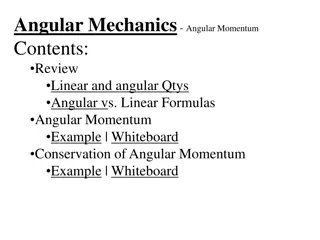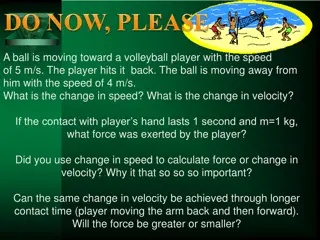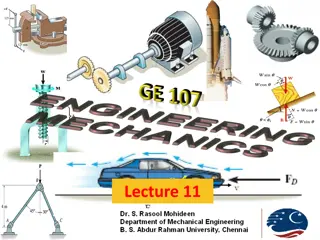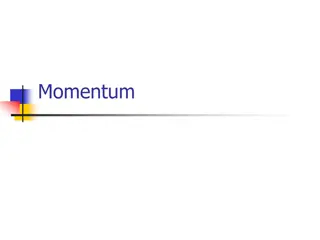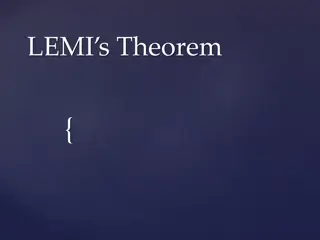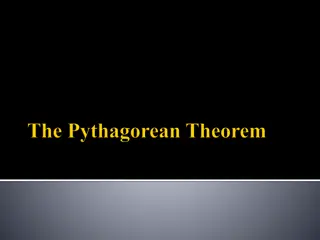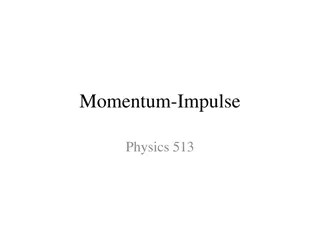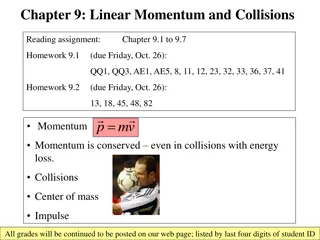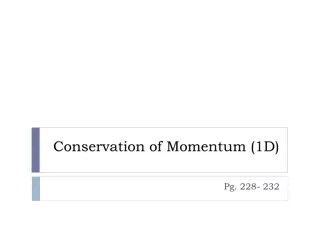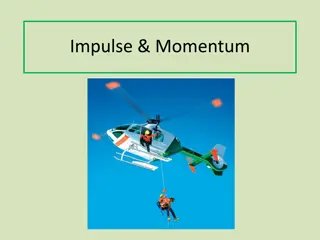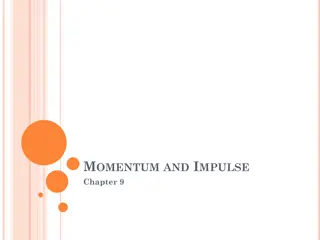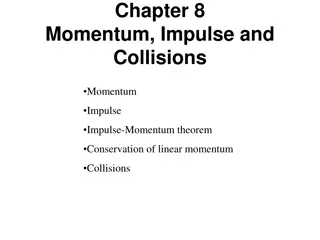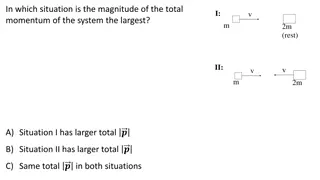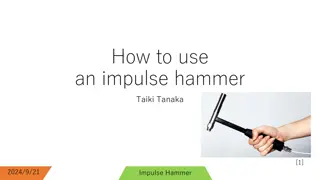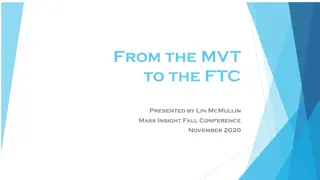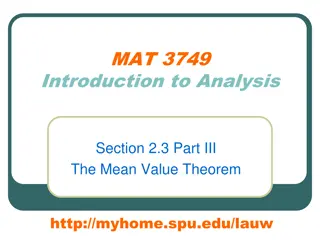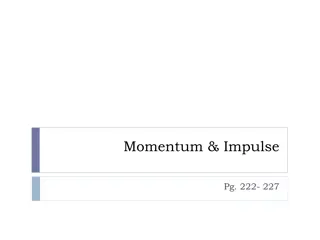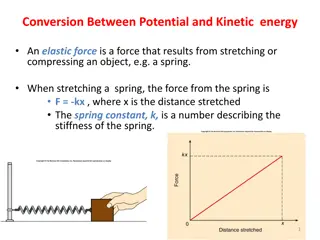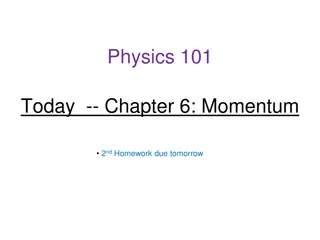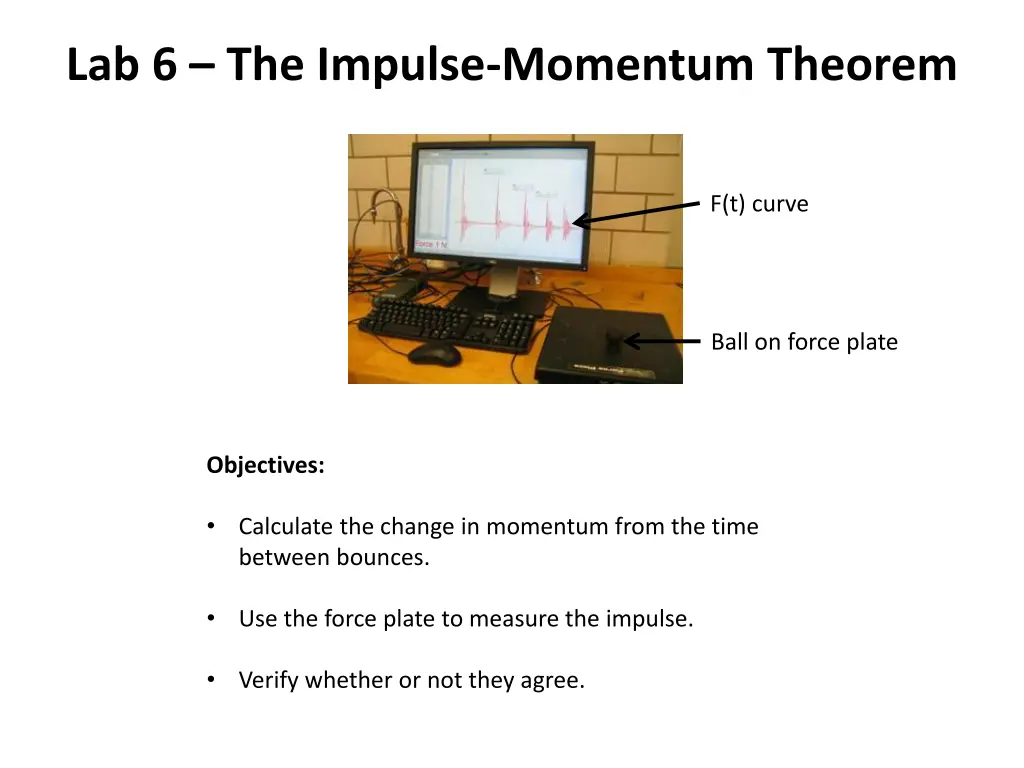
Impulse-Momentum Theorem Experiment Setup and Procedure
Learn how to calculate momentum change and measure impulse using a force plate in this hands-on lab experiment. Explore the relationship between force, time, and momentum during ball bounces.
Download Presentation

Please find below an Image/Link to download the presentation.
The content on the website is provided AS IS for your information and personal use only. It may not be sold, licensed, or shared on other websites without obtaining consent from the author. If you encounter any issues during the download, it is possible that the publisher has removed the file from their server.
You are allowed to download the files provided on this website for personal or commercial use, subject to the condition that they are used lawfully. All files are the property of their respective owners.
The content on the website is provided AS IS for your information and personal use only. It may not be sold, licensed, or shared on other websites without obtaining consent from the author.
E N D
Presentation Transcript
Lab 6 The Impulse-Momentum Theorem F(t) curve Ball on force plate Objectives: Calculate the change in momentum from the time between bounces. Use the force plate to measure the impulse. Verify whether or not they agree.
Experimental set-up This time, set the switch at -200/+850 N.
Experimental procedure t1 t2 t3 t4 t5 F t Drop the ball on the force plate and record F(t). It must bounce at least five times. J= F(t) Measure the times of the first five major peaks. Measure the second, third, and fourth impulses.
Central concept The impulse the force integrated over time should equal the change in momentum of a ball just before and just after a bounce.

